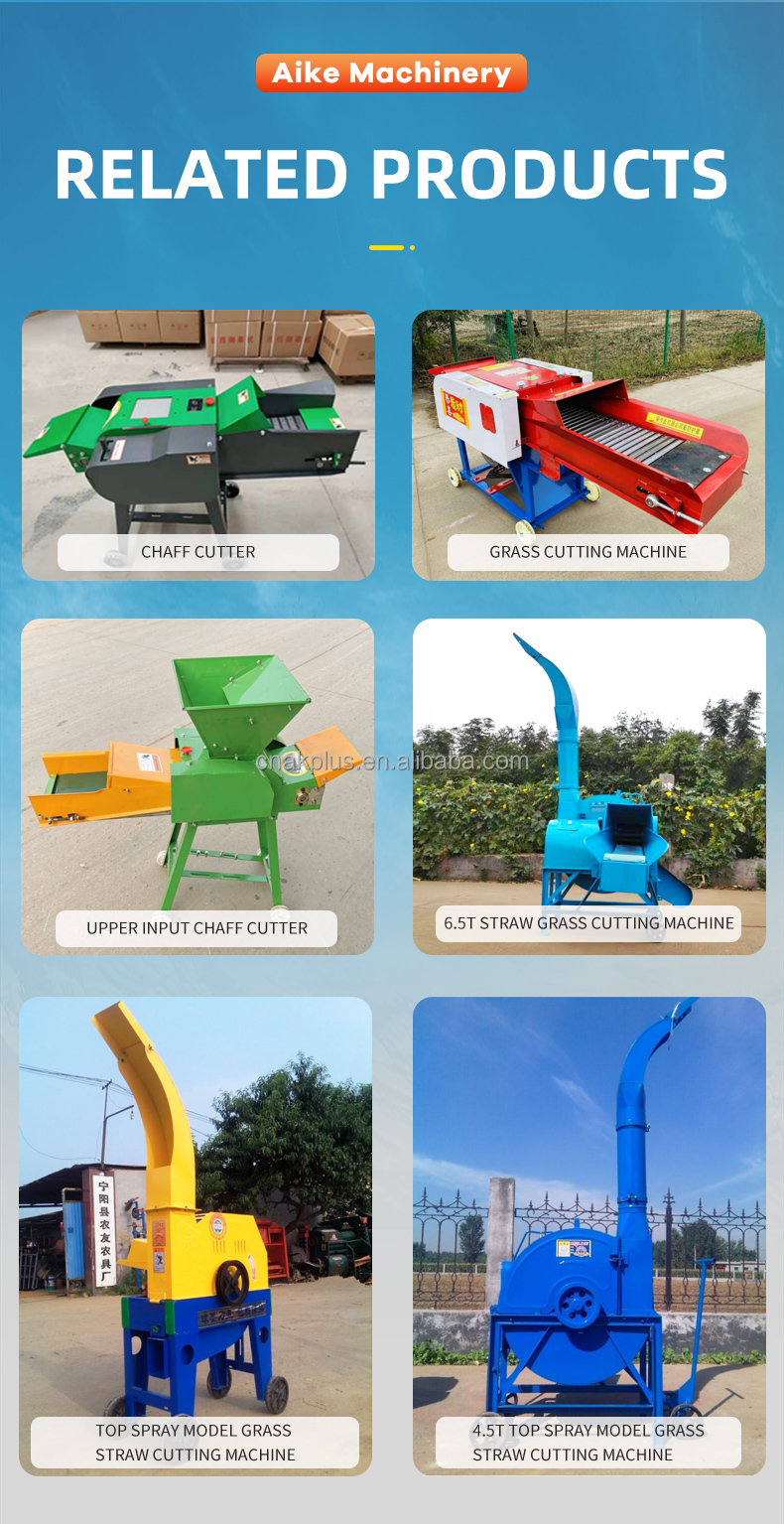agricultural exhaust fan
Nov . 08, 2024 21:46 Back to list
agricultural exhaust fan
Understanding Agricultural Exhaust Fans Importance and Efficiency in Farming
In the world of modern agriculture, the significance of maintaining optimal environmental conditions cannot be overstated. Farmers and agricultural producers are constantly seeking ways to improve crop yields, enhance livestock comfort, and ensure overall farm efficiency. One essential tool in achieving these goals is the agricultural exhaust fan. This article explores the importance, functionality, and benefits of agricultural exhaust fans in contemporary farming practices.
What is an Agricultural Exhaust Fan?
An agricultural exhaust fan is a mechanical device designed to move air out of a building, helping to manage temperature, humidity, and overall air quality. These fans are typically installed in barns, greenhouses, and other agricultural facilities where controlling the environment is crucial for the health and productivity of crops and animals.
The Role of Exhaust Fans in Agriculture
1. Temperature Control One of the primary functions of exhaust fans is to regulate temperature within agricultural structures. During the warmer months, excessive heat can rapidly build up inside barns or greenhouses, creating a stifling environment for livestock and crops. Agricultural exhaust fans facilitate airflow, drawing hot air out of the building and allowing cooler air to flow in. This temperature regulation is essential for maintaining the comfort of animals and ensuring optimal growing conditions for plants.
2. Humidity Management In addition to controlling temperature, exhaust fans help manage humidity levels. High humidity can lead to mold and mildew growth, particularly in stored crops and livestock facilities. By continuously exchanging stale, humid air with fresh air, exhaust fans help keep moisture levels in check, promoting healthier environments for both plants and animals.
3. Air Quality Improvement Fresh air is vital for the success of any agricultural endeavor. Poor air quality can stress livestock and hinder plant growth. Exhaust fans work to expel odors, gases, and airborne pathogens, ensuring that the air remains clean and breathable. This is especially crucial in confined spaces where animals are kept, as it helps reduce the risk of respiratory diseases and promotes overall well-being among livestock.
agricultural exhaust fan

4. Energy Efficiency Modern agricultural exhaust fans are designed to be energy-efficient. Advanced models utilize variable speed motors and energy-efficient components, reducing their overall power consumption. This efficiency is not only cost-effective but also supports sustainable farming practices. By optimizing energy usage, farmers can lower their operational costs while minimizing their environmental footprint.
Selecting the Right Exhaust Fan
Choosing the appropriate agricultural exhaust fan is critical to maximizing its benefits. Several factors need to be considered
- Size and Capacity The size of the fan should correspond to the building’s dimensions. A fan that is too small will not effectively circulate air, while an excessively large fan could lead to unnecessary energy consumption and increased operational costs.
- Noise Levels While some agricultural environments can tolerate higher noise levels, it is essential to select a fan that minimizes noise pollution, especially in areas close to residential zones or where livestock are housed.
- Durability and Maintenance The fan must be durable enough to withstand harsh agricultural conditions, including dust, wet environments, and potential impacts. Regular maintenance is also necessary to ensure the fan operates efficiently throughout its service life.
Conclusion
In conclusion, agricultural exhaust fans play a vital role in modern farming operations by enhancing air quality, regulating temperature, and controlling humidity. As farmers strive to increase productivity and sustainability, the integration of effective ventilation systems becomes more critical than ever. By investing in quality exhaust fans, agricultural producers can create a healthier environment for their animals and crops, ultimately leading to higher yields, better quality produce, and improved animal welfare. In an era where efficiency and sustainability are paramount, the role of exhaust fans in agriculture is not only beneficial but essential for success.
-
Automatic Feeding Line System-Pan Feeder Nipple Drinker|Anping County Yize Metal Products Co., Ltd.
NewsJul.29,2025
-
Hot Sale 24 & 18 Door Rabbit Cages - Premium Breeding Solutions
NewsJul.25,2025
-
Automatic Feeding Line System Pan Feeder Nipple Drinker - Anping County Yize Metal Products Co., Ltd.
NewsJul.21,2025
-
Automatic Feeding Line System Pan Feeder Nipple Drinker - Anping County Yize Metal Products Co., Ltd.
NewsJul.21,2025
-
Automatic Feeding Line System - Anping Yize | Precision & Nipple
NewsJul.21,2025
-
Automatic Feeding Line System - Anping Yize | Precision & Nipple
NewsJul.21,2025






